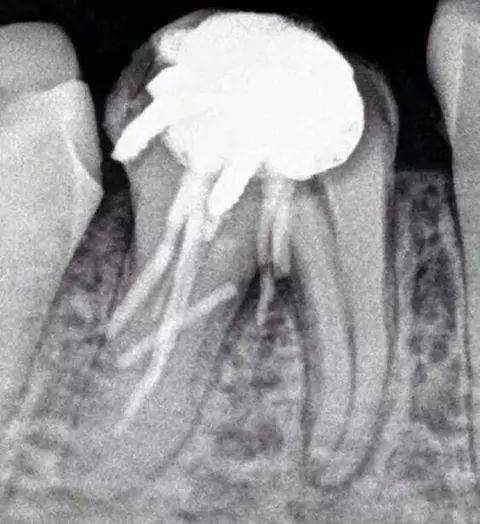Continuous Improvement: Defects
To err is human; to blame it on somebody else shows management potential. Anonymous
My obstetrician was so dumb that when I gave birth he forgot to cut the cord. For a year that kid followed me everywhere. It was like having a dog on a leash. Joan Rivers
It is easier to confess a defect than to claim a quality. Max Beerbohm
Mistakes are always forgivable, if one has the courage to admit them. Bruce Lee
Don’t forget, waste is defined as: “anything beyond the absolute minimum amount of materials, manpower, or machinery needed to add value to a product or service”. (Flinchbaugh & Carlino, 2006) As I mentioned before, there are seven main sources of waste in the dental practice; this month we will cover Defects:
• Overproduction
• Waiting
• Unnecessary Transport
• Over-processing
• Excess Inventory
• Unnecessary Motion
• Defects
Axiomatic to Lean management is that everyone on the team is responsible for continuous improvement. That means that, when a problem is perceived, the team member either corrects it, or brings it to the attention on the appropriate team member. I was recently involved in a discussion on an online board where a doctor was saying that he was having problems with defects in his work and that the hygienist had a just about had it with all the complaints. I suggested that the hygienist might sit with the doctor during the problem procedures and, subtly and out of hearing of the patient, help him with any problems she sees that may be leading to the defects. I was soundly chastised by a dentist who told me that it wasn’t the place of a mere hygienist to coach a dentist.
I showed the attached Rx (Saad, 2014) to my wife, who is a banker, lacking in training in dentistry – and, believe it or not, she knew something was wrong. I believe her response was something like, “What idiot did that?”
It may seem obvious and I don’t mean to sound sarcastic, but defects are not part of value-added service.
Does your practice have an open enough culture that team members are comfortable discussing and correcting defects? Would you want a chairside assistant that would be so lacking in professional ethics and conscientiousness that she would see the Rx shared by Dr. Saad with Nexus (2014) and be able to look a patient in the eye and tell them that quality dentistry is performed in your practice? I’ve been in the Trade for over 38 years and, in my experience, the best dentists are those who are always open to learning about better ways to do dentistry and are constantly striving to give their patients the best dentistry possible.
There are other types of defects in the dental office besides those that we’ve discussed:
• Equipment failures leading to dirty and/or non-sterile instruments.
• Using materials that have expired.
• Improperly mixing materials.
• Frequent breaking of burs, endo files, and other instruments due to misuse or over-use.
• Billing and charting mistakes.
• Using inadequate materials.
• Using sub-par dental labs.
I hope that I don’t offend anyone, but I have a tendency to be plain spoken. My experience has been that, when saving money is a top priority in the practice, a number of the items on the list of defect types tend to occur with greater frequency.
As we’ve seen throughout the Lean journey, continuous improvement is the job of everyone in the practice. It is incumbent upon every member of the team to make sure that anything and everything that leads to a defect is pointed out and corrective actions are taken. (Next month, I’ll discuss corrective actions in this blog.) Because of this, it is critical that the team members feel comfortable pointing out issues.
Team members need to be trained on the right time, place, and way to point out defects. This will save unnecessary embarrassment to those involved and will lead to an environment where everyone, including the patient, feels safe.
In summary, there are many types of defects that may occur in a dental practice. It is the responsibility of each member of the team to be alert for these; as well as for the team to take corrective action. This will only be able to take place in an environment where management sincerely cares about the quality of their practice and is willing to receive information about perceived defects from staff members. This information needs to be shared in the right time & place with the right people.
Next month: Taking Corrective Action
Works Cited
Flinchbaugh, J., & Carlino, A. (2006). The Hitchhiker's Guide to Lean. Dearborn: Society of Manufacturing Engineers.
Saad, M. (2014, September 1). Nexus. Retrieved September 2, 2014, from Facebook: https://www.facebook.com/groups/kendonexus/

